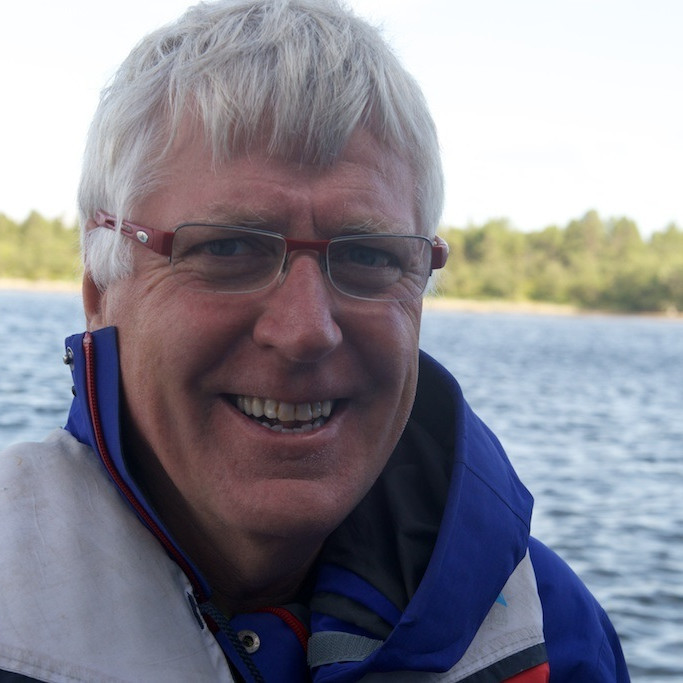- Research
- Fish tagging
- Lumpfish research
- Oceanography
- Seabed mapping
- Arnarfjörður
- Drekasvæði
- Ísafjarðardjúp
- Jökulbanki
- Jökuldjúp
- Kolbeinseyjarhryggur and adjacent area
- Kolluáll
- Langanesgrunn
- Látragrunn
- Nesdjúp
- Reykjaneshryggur and adjacent area
- Selvogsbanki
- South of Selvogsbanki
- South of Skeiðarárdjúp
- South of Skerjadjúp
- Southeast of Lónsdjúp
- Southwest of Jökuldjúp
- Suðausturmið
- Suðurdjúp
- Vesturdjúp
- East of Reykjaneshryggur
- Vestfjardarmid
- Seal research
- Whale Research
- Advice
- About
Falk-Petersen delivers a lecture at MFRI
26. September 2017
Stig Falk Petersen, specialist at the Akva-niva Institue and Professor at the University of Tromsö, Norway, will give a lecture at MFRI on September 27. The lecture will be held in the 1st floor auditorium at Skúlagata 4, and will commence at 12:15 pm.
Abstract
Productivity hotspots due to upwelling along Arctic shelves - Climate, wars, society and return of Bowhead whale
The first oil boom in Europe was related to whaling north of Spitzbergen (Svalbard) from the 16th century. From ship logs, expeditions, and later airplanes and satellites, a long series (1579-2015) of estimated ice edge positions between Svalbard and Franz Josef Land has been determined. This period cover a long period with climate change, wars and socital changes. In this talk I will discuss the fate of the Bowhead whale, but also show some examples of how climate change influence wars and the socity.
The area North of Svalbard has probably been ice covered during winter in the period from approximately 1790 until the 1980s; a period during which heavy ice condition have prevailed in the Barents Sea and Svalbard waters. We suggest that reduction of sea ice and the upwelling of nutrient-rich waters seen during winter along the shelf brake create a conditions similar to those that occurred during the peak of the whaling period (1690 to 1790), and that this combination of physical features was the driving force behind the high production regimes that supported the large historical stock of bowheads in this area. The earliest commercial whaling took place at the beginning of the seventeenth century in Arctic waters near Spitsbergen. This harvest targeted the stock of bowhead whales (Balaena mysticetus), which was hunted almost to extinction by around 1800. The main food supporting the extraordinary density of whales is thought to have been energy-rich arctic Calanus species, which must have occurred in numbers vastly greater than those documented during the last 100 years, creating a paradox as to how this food web functioned. This paradox now appears to be solved.

